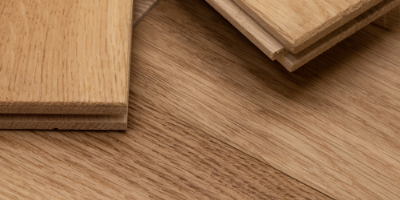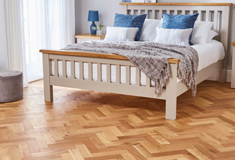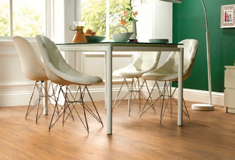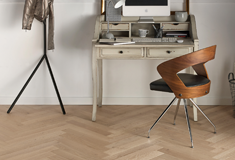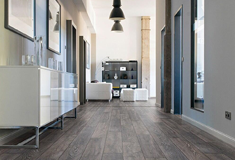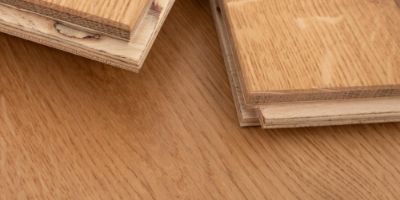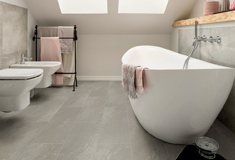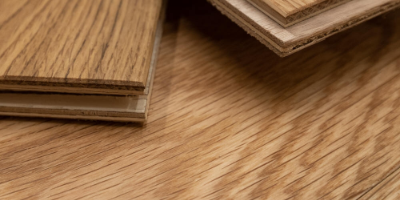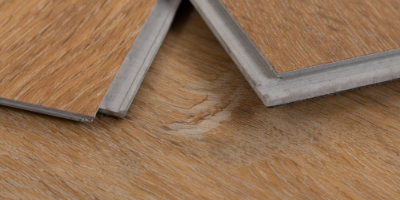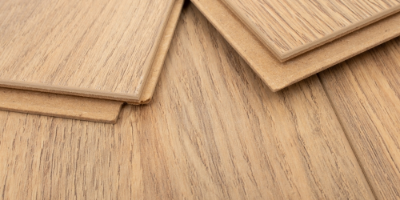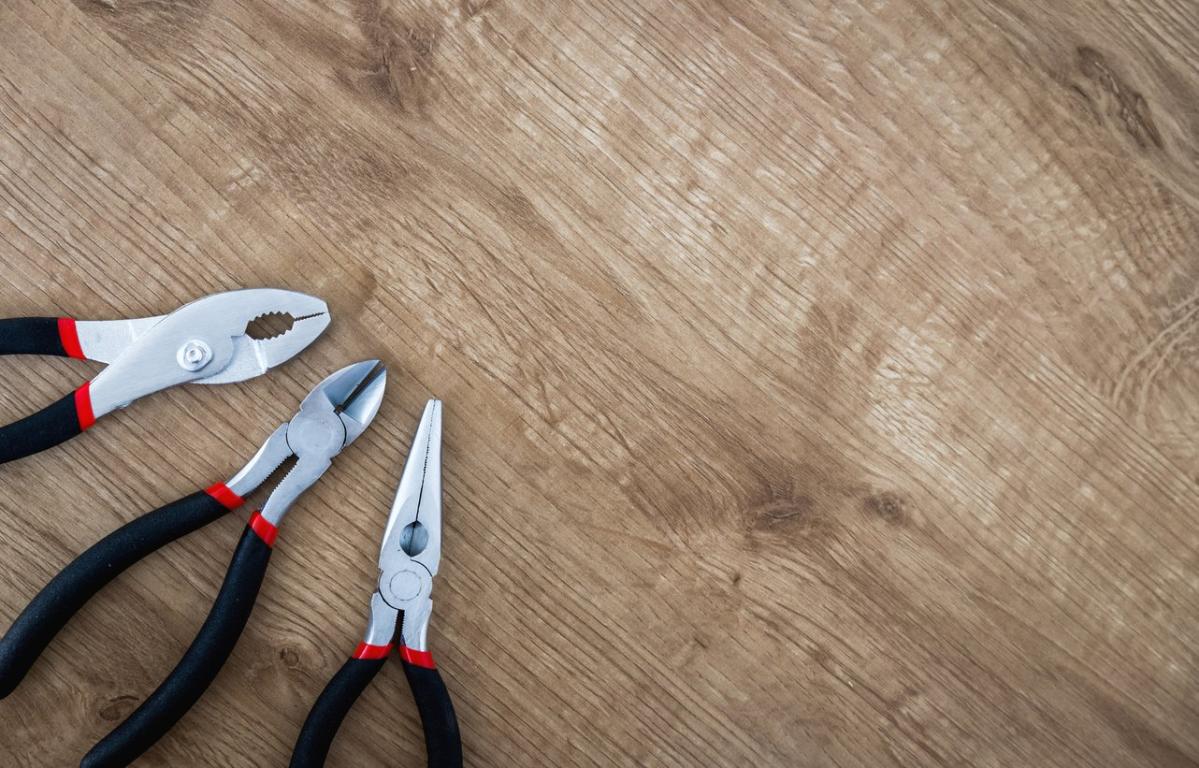Floating or Fixed?
So, you’ve got your brand new flooring and now it’s time for to get it installed - but which method should you use? Here at Luxury Flooring we like to offer continued support to our customers even when you have received your order, and this is a question we’re faced with quite a lot.
The way in which you fit the floor entirely depends on what type of flooring you have purchased. For example, we would advise that a solid wood floor be fitted using a fixed method, whereas most engineered floors are manufactured to be fitted using a floating floor. Now this is all well and good but what is the difference between the two?!
Floating
You may think that ‘floating’ is a strange term to use when it comes to fitting a floor but don’t worry, this isn’t Aladdin and there’s no flying carpet, unfortunately. A floating floor is a floor that is not fixed to a layer/subfloor beneath it, which means that the floor is relying on the weight of itself to stay in place instead. As mentioned above, this method is best suited to the likes of engineered wood and is most commonly found in places like gymnasiums or large halls. The floating floor method is incredibly popular due to the fact that it is really quick and easy to fit, as oppose to other methods that include nails or glue and can be quite time consuming. Aside of being quicker to install, floating floors are often cheaper too which is great if you’re working towards a budget. Floating floors are also easy to remove should you need access to the floor structure itself or perhaps pipe or electrics under the floor itself. Of course, nothing is perfect, floating floors are no exception to this rule and there are a few cons to this method too. As a floating floor is not fixed to the subfloor, any slight movements in the sub-floor can result in the floating floor moving when it is walked on, in fact it is not uncommon to see furniture move as you walk past it. Whilst on the subject of movement, floating floors can also be a lot more creaky than fixed floors and create more noise due to the uneven subfloor.
Fixed
This method covers everything from nailing down to gluing, it basically means anything that will hold the floor permanently in place. The fixed flooring method is probably the most demanding of the two installation options, it also requires a lot more industry knowledge and skill, as well as using specialist tools such as a floor nailer/nail gun. As you can probably imagine, this method is best off left to the professionals, so if you were hoping to do a little DIY but it isn’t at the forefront of your knowledge then it’s probably wise to get in touch with a floor fitter! If your preferred method of installation is ‘nailing down’ then you will need to have a wooden subfloor, because you can’t put a nail through concrete.. Unless you have superhuman powers and in that case, do as you wish! Due to the fact that solid wood floors have extra thickness, the nailed down method is more commonly used when it comes to installation. As solid wood is more prone to contraction, expansion and movement it is not advised that it is installed using a floating floor method as mentioned above. The glue down method is exactly as the name suggests, it basically involves using specialist adhesives/bonding agents (or just glue to the likes of you and me!) to fix the floorboards to the subfloor. This method can be used on either concrete or wooden subfloors, however if you are planning on using this method on a concrete subfloor then we would advise laying something called a damp-proof membrane (DPM), if you don’t know what this is then it’s basically material that protects your floor from moisture exposure and provides a suitable surface for the adhesive to bond to. - it’s a pretty important part in your new floor so make sure you have one!
So there’s the overview of the two, but how do you decide which one to use? Well, our customer service team are always on hand to provide you with all of the information that you need, if you have any queries regarding installation simply give us a call and we’ll be happy to help!
Have Your Say
Do you have any advice? Let us know in the comments!
Remember to follow us on Facebook, Twitter, and Instagram for the latest news and discussions. We’re always finding new ways to improve our stock, so keep up to date!

